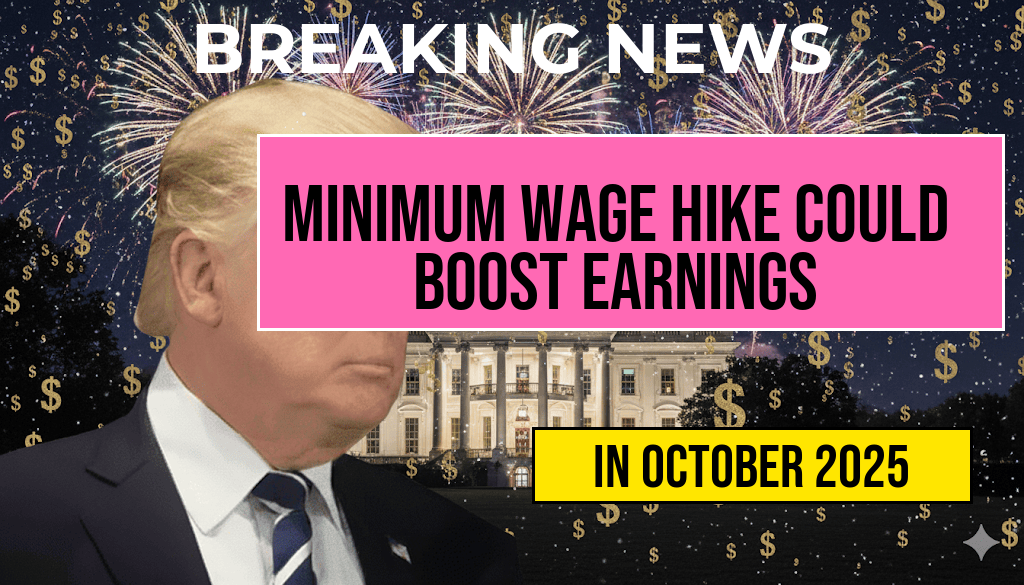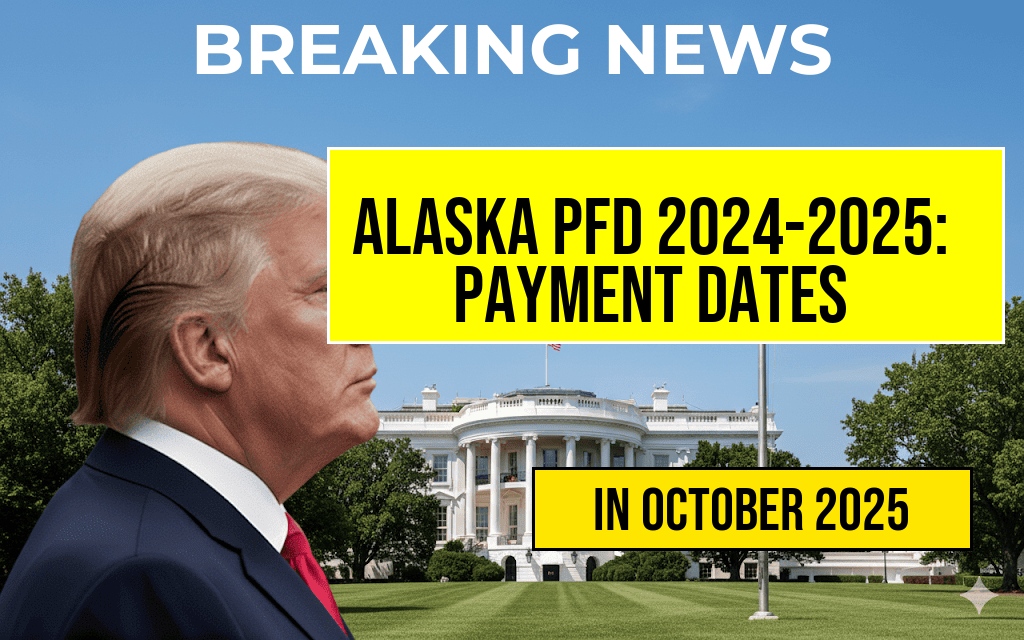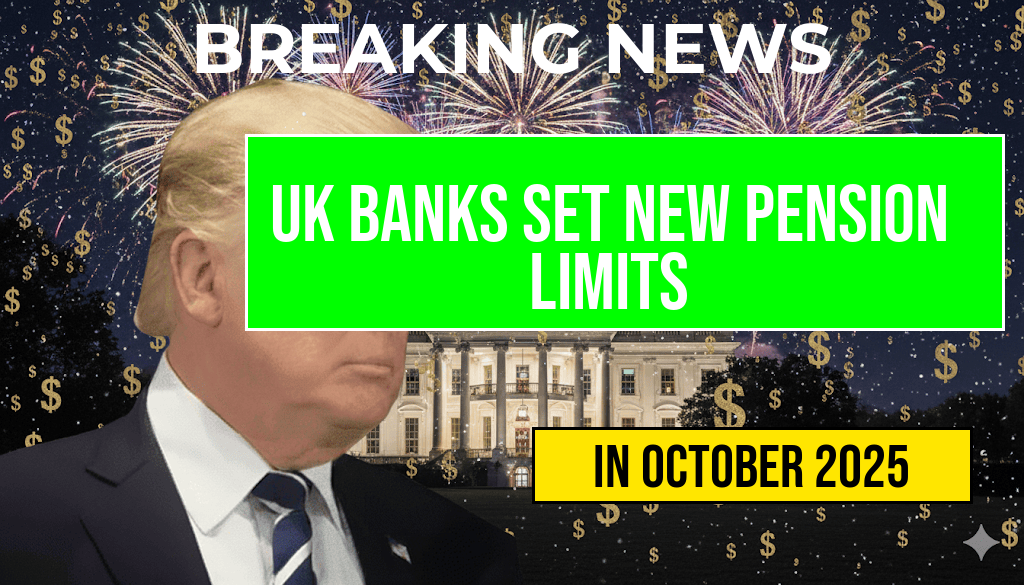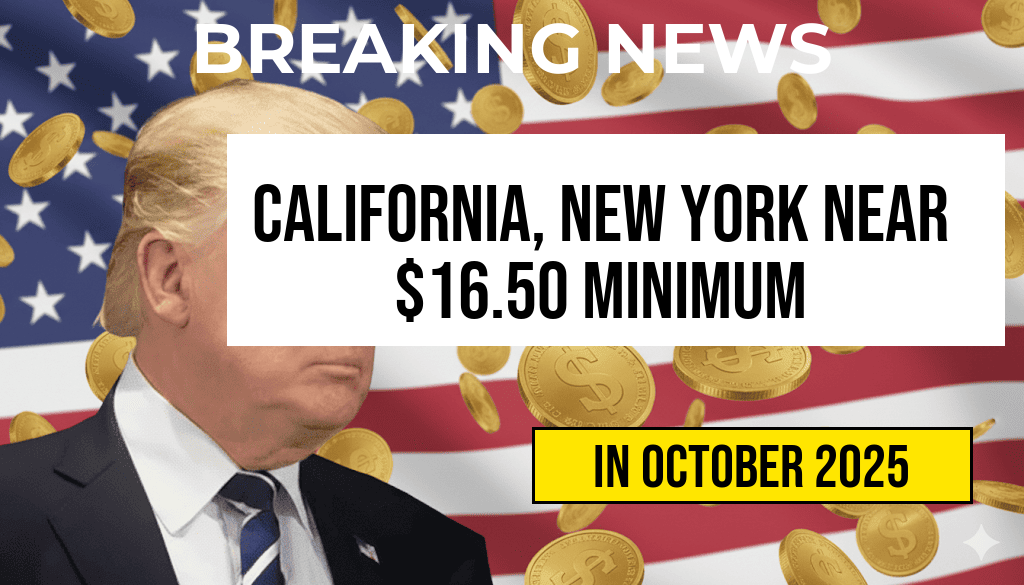A new study suggests that raising the federal minimum wage to $15 an hour could significantly impact millions of American workers. The analysis estimates that approximately 32 million employees currently earning below this threshold could see their annual earnings increase by an average of $3,300. This potential boost in income could help reduce financial strain for low-wage workers, many of whom face rising living costs amid inflationary pressures. The proposal to set the federal minimum at $15 has gained renewed attention amid ongoing debates over income inequality and economic recovery strategies. Policymakers, labor advocates, and business leaders continue to weigh the benefits and challenges associated with such a significant wage adjustment, considering its effects on employment, consumer spending, and small business viability.
Impacts on Workers and Income Distribution
The study, conducted by researchers at a prominent economic think tank, highlights that nearly one-third of the nation’s hourly workers earn less than $15. Among these workers, many are employed in retail, hospitality, and service sectors—industries heavily affected by low wages. The projected increase in annual earnings, averaging $3,300, could translate to a monthly boost of approximately $275, providing some relief from financial hardships faced by low-income households.
Furthermore, the analysis indicates that the wage increase could help narrow income disparities. Workers at the bottom of the pay scale would see their earnings rise relative to higher-income earners, fostering a more equitable income distribution. However, experts caution that the actual impact depends on various factors, including regional cost-of-living differences and employer responses.
Potential Economic and Employment Effects
Economic models suggest that raising the minimum wage to $15 could stimulate consumer spending, as workers with additional disposable income are more likely to increase their purchases. Minimum wage policies have historically been associated with increased household consumption, which can support local economies.
On the flip side, critics argue that higher wages might lead to increased labor costs for businesses, potentially resulting in reduced hiring or increased automation. Small business owners, in particular, express concern about the feasibility of absorbing higher payroll expenses without passing costs onto consumers or cutting jobs. Studies show mixed results, with some indicating minimal employment effects while others warn of possible slowdowns in hiring growth.
Regional Variations and Cost-of-Living Considerations
| Region | Number of Workers Affected | Average Annual Gain |
|---|---|---|
| Northeast | 7 million | $3,500 |
| South | 10 million | $3,200 |
| Midwest | 8 million | $3,400 |
| West | 7 million | $3,300 |
The benefits of a $15 minimum wage may vary across regions, with higher living costs in urban centers potentially amplifying the positive effects. In areas like New York City and San Francisco, the wage increase could significantly improve workers’ financial stability, while in lower-cost regions, the impact might be more modest.
Policy Landscape and Political Debate
The push for a $15 federal minimum wage has been a key part of broader efforts to address economic inequality. Several states and cities have already adopted higher minimum wages, with some reaching or exceeding the $15 mark. The Biden administration has expressed support for raising the federal minimum, framing it as a step toward ensuring fair pay and economic growth.
Opponents, including some business associations and conservative lawmakers, argue that federally mandated wage hikes could lead to increased unemployment and hinder economic recovery, particularly for small businesses struggling to adapt post-pandemic. As the debate continues, many advocate for a phased approach or regional wage adjustments to balance economic growth with income support.
Broader Context and Future Outlook
Raising the federal minimum wage to $15 remains a contentious topic, with economic research presenting a spectrum of potential outcomes. The recent study underscores the possible advantages for low-income workers but also highlights the complexity of implementing such a policy nationwide. Policymakers are expected to consider regional disparities, inflation trends, and labor market dynamics as they evaluate proposals.
For workers and employers alike, the decision will shape the economic landscape in the years ahead. As discussions unfold, the focus remains on finding a balanced approach that promotes fair wages without unintended economic disruptions. To explore the history and implications of minimum wage policies further, visit Wikipedia’s entry on minimum wage.
Frequently Asked Questions
What is the proposed federal minimum wage increase discussed in the article?
The article discusses raising the federal minimum wage to fifteen dollars per hour as a potential policy change.
How many workers could benefit from this minimum wage increase?
Approximately thirty-two million workers could see their annual earnings increase by about three thousand three hundred dollars.
What is the estimated increase in annual earnings for workers due to the wage hike?
Workers could experience an estimated increase of three thousand three hundred dollars in their annual earnings.
What is the significance of raising the federal minimum wage to fifteen dollars?
Raising the minimum wage to fifteen dollars aims to improve living standards for low-wage workers and reduce income inequality.
Does the study suggest that increasing the minimum wage has broader economic benefits?
Yes, the study indicates that a higher federal minimum wage could positively impact worker earnings and potentially boost overall economic growth.






